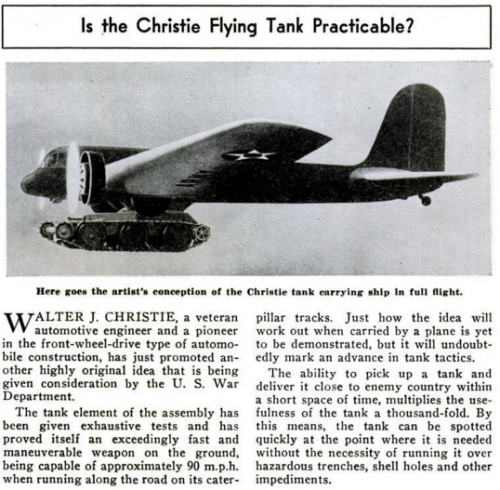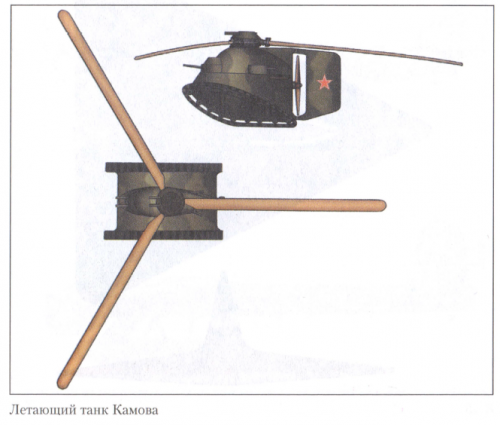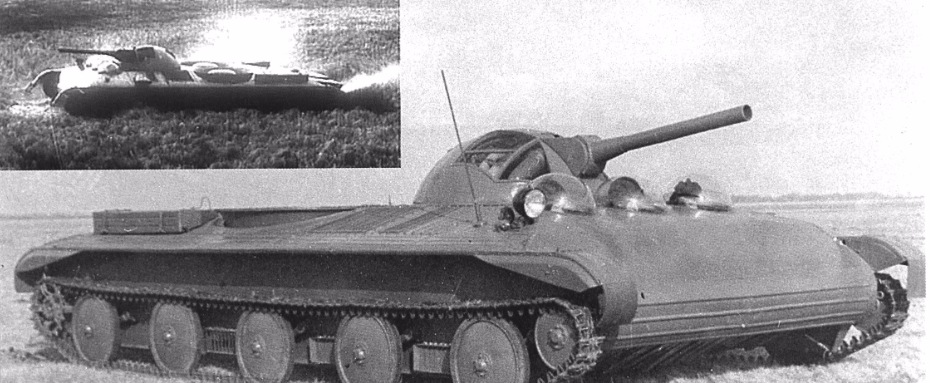... or : When military experts dream ..
In the german “Fliegerkalender 1997” I recently “re-discovered” a report about one of the 19 patents applied by Dr.Hans Krech, a reserve officer of the army of the FRG and managing director of the “Wissenschaftliche Forum für Internationale Sicherheit e.V.” (Scientific Forum for International Security), It’s about a flyable fighting vehicle, especially for the use by the peacekeeping units of the UN.
Description:
The “Blue Peacekeeper” (because it is meant to be used by UN-troops only !) is a flyable, so self-deployable MICV (Mechanised Infantry Combat Vehicle), able to take-off and land vertically by means of a RR Pegasus 103 engine, transporting eight fully equipped soldiers directly into the combat zone. It shall be armed with a 30mm gun and a co-axial MG in a turret, 4 anti tank, 2 air-to-ground and 1 air-to-air missiles, armour would be up to 4 cm thick, giving protection against small arms fire and splinters, quite similar to a conventional troop carrier as the M 113. But the Peacekeeper shall even be able to engage targets from the air, much in the way of a helicopter or perhaps the Harrier, so probably being the dream of every army commander. Cruising speed is given as 750 km/h (405 kn), range 3330 km (1800nm), there’s provision for inflight-refuelling and pilot/commander, co-pilot and the eight troops are seated on ejection seats. It’s mentioned, that only vertical take-off and landing is possible, a little bit strange, I think, as even a tracked vehicle should be able of a rolling take-off.For the construction, already existing components, especially wing and tail of the Grumman F-14 Tomcat and of course the Pegasus engine should be used.
I had top and front view, so the side view could be reconstructed quite easily and determining the dimensions wasn't that difficult, due to the F-14 wings. And here came quite a surprise. The side view
looks a little bit strange, ok, but if we compare it to, say a M2A2 Bradley the sheer size becomes
obvious.No question, I think, that even the most powerful version of the Pegasus cannot lift such a
vehicle !
A rough calculation gave the estimated weight of engine, wings, armament, crew and fuel alone as
about 8.700 kg, not to mention the structure, chassis and armour !
So my résumé is : It’s not a joke, it’s a patent ! Or is it the other way round ? ;D
(The inventor has published a book with the title “Neue Waffentechnologien für den Kampf gegen den internationalen Terrorismus“ (New weapons technologies for the war against international terrorism), that includes this project, AFAIK. I’m really curious for all the other ideas !)






























